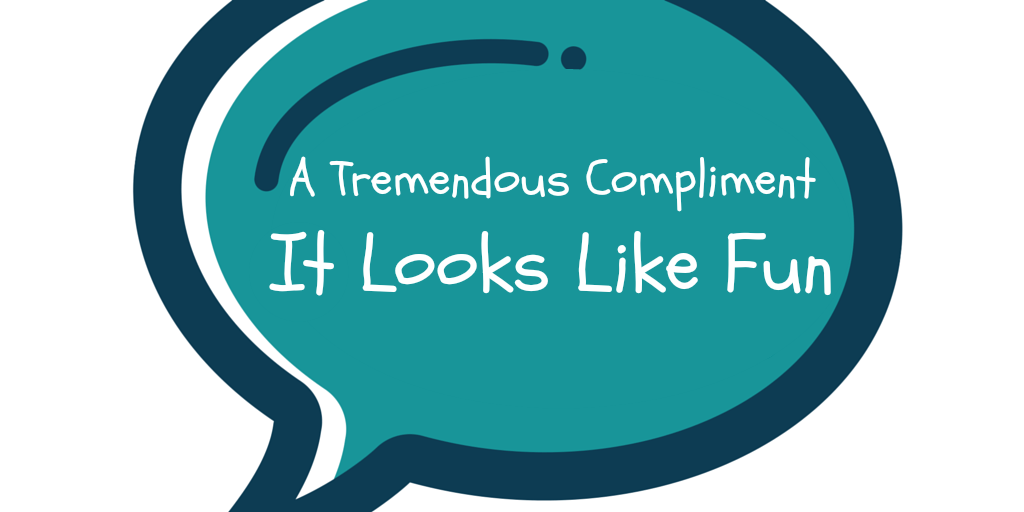
How Do You Feel? This is How I Feel.
One of the biggest dangers in communication is unrecognized emotion. As someone who has had to learn how to read body language and be more intuitive, I have come to find value in a more direct approach. When dealing with a difficult subject I like to ask “How are you feeling?” or “What are you thinking?”
It seems as if we are often unaware of our own emotions in the moment, but will express it through body language or silence. As happens with words, these too can be misinterpreted. Also, as more communication happens remotely via text, email, phone, or social we have even fewer inputs to judge emotions.
Customers are actually my favorite demographic for this technique. Business communication has traditionally been much more formal so that we have been conditioned to only say factual things in a very straightforward way. This happens with our coworkers too, but is much more prevalent with customers. Be careful, I am not suggesting we take the respect out of business communication. Assuming familiarity and being overtly informal too soon can also be detrimental. This approach is about being truly interested in our customers. It is about being open and honest in our communication.
It seems logical that customers, the ultimate judge of business performance, would receive the most and best communication. Somehow the opposite occurs. We worry so much about saying the wrong thing or bothering them with information that our correspondence becomes too short or infrequent. We cannot forget that our customers are people just like we are and have many of the same fears or desires for job performance.
This is why I like using a direct approach. My goal is to meet the needs of our customers. Since those customers are decision makers and these decision makers are people, then I must be able to meet both their rational and emotional needs. I personally have spent a lot of time trying to think, predict, or wonder exactly what a customer is thinking. I have spent time pondering why they would take a specific action or not take another. Then, when I finally ask what they are thinking or how they are feeling, I can get a real sense of their emotional state. Now I can take the appropriate actions to meet their actual needs.
Similarly sharing how I feel and some of what I am thinking is essential. This make me a real person. It builds relationships. If I truly say that I value customer relationships, it is through my personal interactions that I define what that really means. I can demonstrate that value customer relationships financially and only talk about money or business matters. I can demonstrate how I value customer relationships with the people involved by actually getting to know them. That involves both emotional and rational connections.
So the next time you find yourself wondering how someone else feels or what they are thinking, try asking. Maybe even share how you feel and why you were wondering. See how the dynamic changes and the relationship develops.




